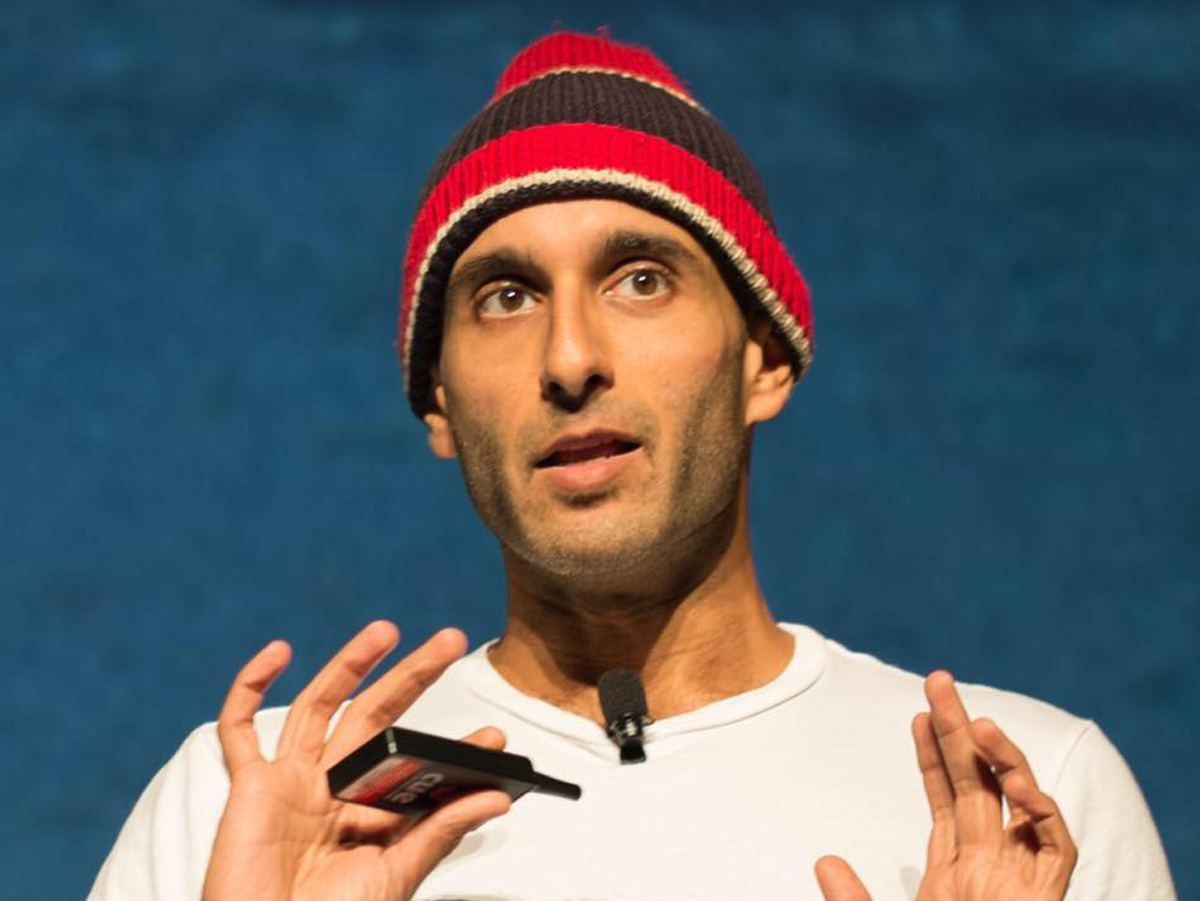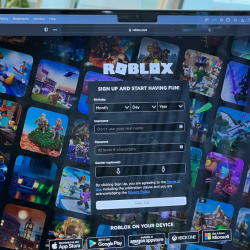Amit Gupta could be one of the poster boys for young and successful tech entrepreneurs in San Fransisco. In 2006, he founded Photojojo, a photography business procuring content and product for photographers that started out as a newsletter. Five years later, he was diagnosed with leukaemia. Through the rallying of the online photo community, he was able to find a donor match, surviving the cancer that gave him a 50-50 chance of staying alive in the next five years. Selling his business in 2014, Gupta turned his hand to writing optimistic science fiction to inspire future makers, prompting Sudowrite — an AI tool that might transform writing for good.
A more optimistic view of tech
If there are multiverses, an idea popular with the science-fiction narratives he is fond of, Amit Gupta believes he is on the right timeline. But perhaps more importantly, he believes that we can all correct course. His science fiction has an optimistic emphasis, rather than the current dystopian leaning of the genre. Growing up reading sci-fi like many of his colleagues in technology, who were inspired by these stories going into the field, Gupta wanted to invent things. He believes a lot of what we see in the world today whether it’s smart phones, self-driving cars or the space mission, came to be because someone imagined and wrote about it when it wasn’t possible. “We create what we imagine. And if we only see a future that is made worse by technology, I fear that is what we will create,” says Gupta.
The end of writer’s block?
After leaving the tech world, Gupta met his co-founder, James Yu, who had been on the similar path of starting and leaving a company, then writing science fiction. In the summer of 2020, OpenAI released GPT-3 (Generative Pre-trained Transformer 3) which is an autoregressive language model that uses deep learning to produce human-like text. As Gupta and Yu experimented with and refined the new technology, it was clear this was more powerful and interesting than anything that came before it.
An article in The New Yorker published this year described Sudowrite as an application that harnesses the AI programme GPT-3 to generate text and even mimic the literary style of writers, declaring “whatever field you are in, if it uses language, it is about to be transformed.” Sudowrite in Gupta’s words is an AI creative writing tool to assist and inspire writers and bust writer’s block. “Writing is a very solitary experience,” he explains. “But there are certain more collaborative forms like TV writing in a writers’ room; bouncing ideas off each other and helping to generate energy and flow. If we could recreate that kind of experience with you and a piece of software, it makes the whole experience more playful and joyful.”
Human + software potential
For example, you can insert prose to Sudowrite from Jane Austen or poetry by a 7-year-old. Through clicking various tools, the software gives you options of generated texts such as descriptions, possible continuations of your story and even character developments. If you are hastily writing a paragraph or feeding it classic literature, the difference between prompts become quickly visible from ridden-with-cliches and irrelevant to surprisingly poetic prose. Gupta agrees that it mimics your style and reflects back the text you put into it. While it certainly can be impressive, especially as it will become more refined in the future, it is more brute computational power than a good writer. The aim behind the software is to facilitate inspiration and ease for writers rather than to surpass or replace them. “I think that people come into this thinking ‘it’s going to take over my job’ or ‘it’s going to ruin writing.’ When you use it, you see that even as advanced as it is, it’s quite primitive. It can help you get unstuck or give you inspiration, but it’s miles away from writing your book for you. But we still think it’s quite exciting,” says Gupta.
Writing 2.0
While Sudowrite can’t help as well in generating something polished, where it excels according to Gupta is helping you generate that first draft. His favourite feature is the “Describe” tool where you can select a word and it will give you ideas for describing that item, person or place using the five senses, and also metaphorically. Another favourite is “Feedback” which they are beta-testing in a section of Sudowrite called Labs where they roll out experimental features. When Gupta left the software world and began writing, he was shocked by how long the feedback cycles were. With an application or a website, you can publish it in minutes and see whether the change you made was a good one or not. “Getting feedback is much more difficult with a creative work like writing,” says Gupta.
While it may not be as detailed as a human can give you, Sudowrite can provide some feedback really quickly, such as on what to work on or what might be confusing in the text. This is reminiscent of other tools for writing that have now become commonplace such as Grammarly and Thesaurus, and one with a focus on creative writing might become as popular in the future. “I think we’ll probably get to that same plight with writing where people will look back and say ‘how did you just write with a typewriter’, without any kind of creative aid to help you get your ideas out faster?” says Gupta. “It is not going to replace writers. I don’t think it will come up with the stories for us. We will always need to create the meaning and inject that human spirit into what we’re writing. But I think great tools may help create great work.”
The future of creative fields with technology
Other creative fields like music or photography have had computational tools for quite a while. There are few musicians who would make something without several tools to create the sound they get. Similarly, the idea of creating photography today without a digital camera or digital editing tools is rare. Gupta recalls how when digital cameras first came out, professional photographers were worried about a lot of new people coming in to the field. “Which happened but, also our appreciation for this craft elevated. We are sharing and taking photos to a degree we couldn’t have imagined before. Using Instagram or Snapchat or Facebook, or even just communicating via messages involves photography now. You can tell what’s a good photo and what isn’t in a way that maybe you couldn’t ten years ago.”
Gupta hopes tools like Sudowrite will help more people to be able to tell stories, and a greater appreciation for stories in a way we hadn’t seen before. Sudowrite could potentially incite for writing what digital cameras have for photography. As a writer, when I tell Gupta jokingly that I will have to get used to the idea that everybody’s going to become better writers, his face lights up. “It’s a good world, we’re all going to become better communicators.”


































